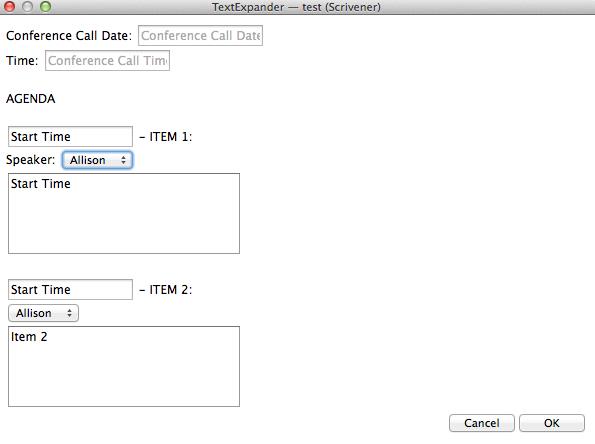 If you do business in, or with partners in, Japan, conference calls are an affordable way to communicate.
If you do business in, or with partners in, Japan, conference calls are an affordable way to communicate.
Using an international conference calling service that supports Japan and the countries your other participants are located in is highly recommended as it will eliminate barriers and facilitate group collaboration.
Why Hold Japanese Conference Calls Instead of Group Web Chats and Other Forms of Electronic Communication?
Group audio calls are efficient. Oftentimes, several people will need to voice their concerns or provide status updates. A group audio call is an ideal way for everyone to have their say and for everyone to hear the same message.
Group emails, discussion boards, and other text-based messaging systems have their place, too, but they can also lead to misunderstandings — especially when communicating with partners from different cultures. With a Japan conference call, participants can ask for clarification as well as glean context from the speaker’s tone of voice.
Business Use Cases for Japanese Conference Calling
Japan is a major international trading partner with robust import and export relationships with businesses from around the world. If you are exploring the Japanese market, holding conference calls with local authorities, distributors, media, and other partners would be an efficient use of your time. With an international conference calling service, you could also patch in colleagues and partners located in other parts of the world.
Similarly, if you will be importing goods and raw materials from Japan, conference calling can be used to negotiate contracts, coordinate orders, troubleshoot issues, and plan the next phase of production.
It’s not unusual for a business to send employees to Japan on business. While these employees will certainly remain in touch with their colleagues back at home via various means, they may need to collaborate with team members scattered across multiple countries.
For example, if you have employees overseeing IT installations in Japan, Malaysia, Singapore, Hong Kong, Canada, and Ireland and need to troubleshoot a newly discovered security issue with each of these team members, an international conference call would be the ideal way to share information, brainstorm ideas, and come up with an action plan.
Another way business professionals take advantage of Japan conference calls is by holding tele-seminars or coaching calls using group audio calls. For example, let’s say you’re a professional development coach with a large following of Japanese business people. While many would likely buy your next ebook, there are some who would be interested in getting personalized attention via a group coaching call.
With a Japan conference call, your followers would dial a Japanese phone number, either local or toll free, to join the call. Meanwhile, you could be anywhere in the world. There’s no need to fly to Japan, and you could record your calls and repackage them as a training course.
These are just a few of the many ways businesses use Japan conference calling. How do you use conference calls in your business?
Share your use case with us on Facebook


















